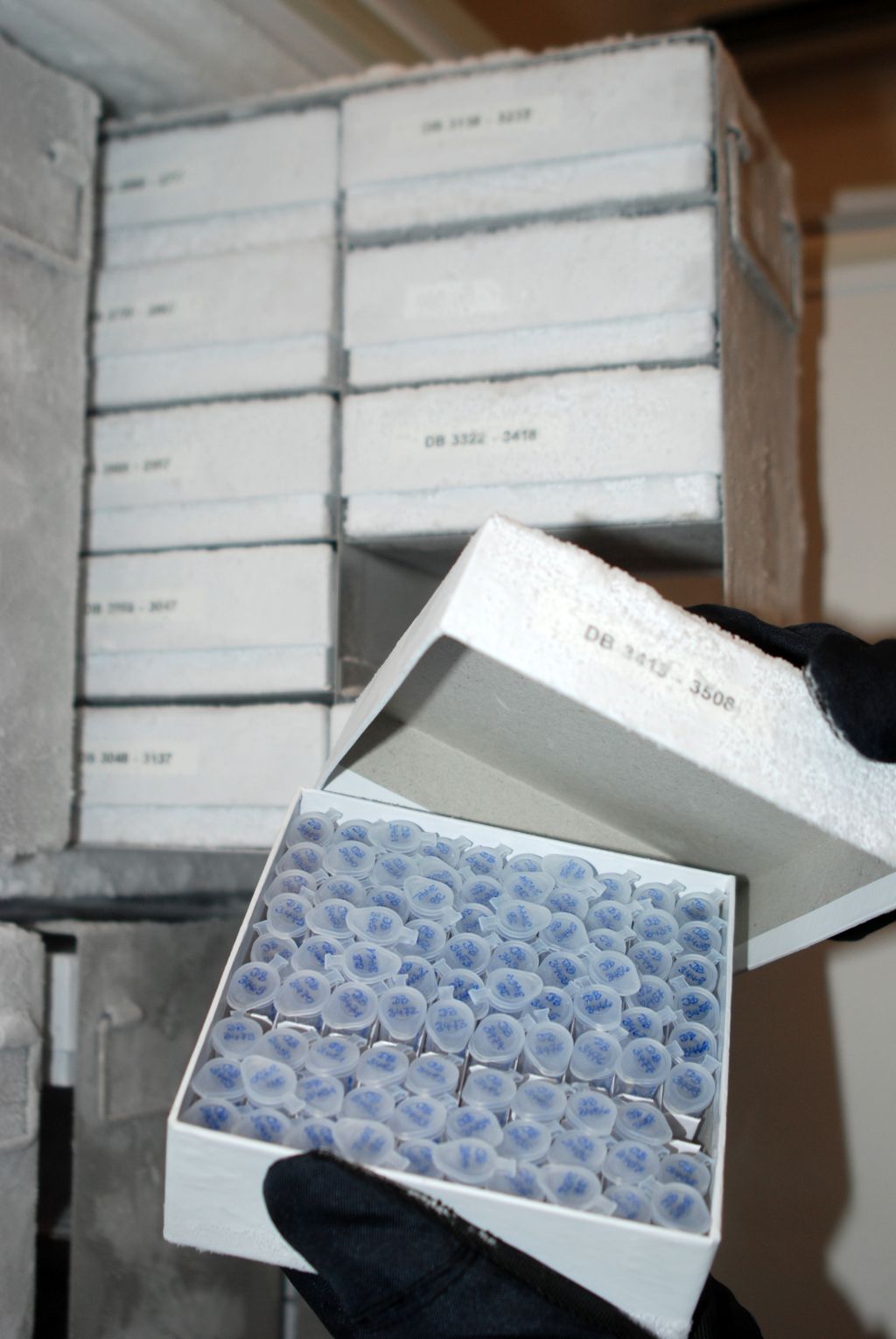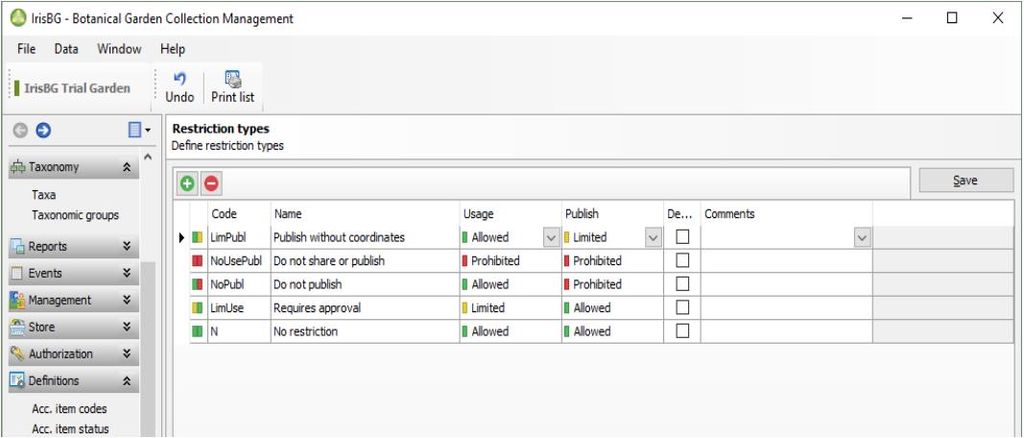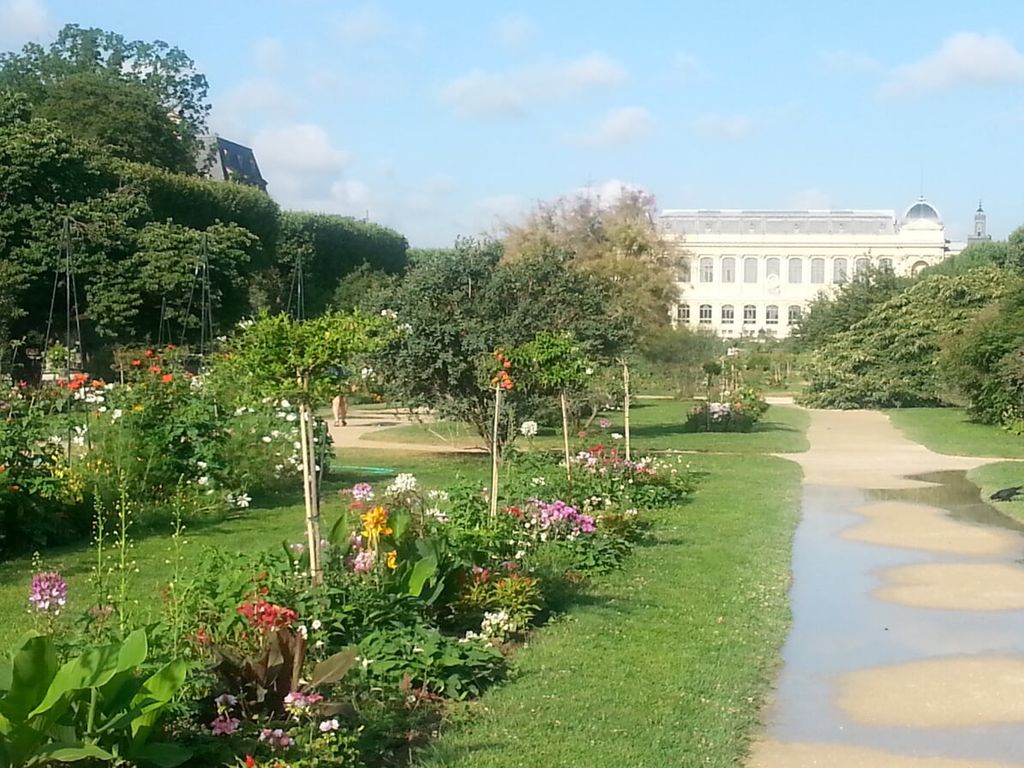The GGBN Network Data Standard

-
Region
Global -
Topic
Policy and Advocacy -
Type
Case Study
The Global Genome Biodiversity Network (GGBN) has developed the GGBN Data Standard to fulfill the requirements of the Nagoya Protocol
Example provided by: Gabi Droege, Botanic Garden and Botanical Museum Berlin
The Global Genome Biodiversity Network (GGBN) has developed the GGBN Data Standard based on existing community standards to represent preserved tissue, DNA, or RNA information. It solves a major problem: the lack of discoverability and accessibility of samples and associated voucher specimen information for biodiversity research in accordance with the Nagoya Protocol. In addition to lab facts, preparation and preservation of samples, it also contains permit terms using a controlled vocabulary and loan terms with recommended vocabulary.
The GGBN Data Standard is currently the only known standard to fulfill the requirements of the Nagoya Protocol as they affect users and to enable transparency and verifiability across the full documentation chain from voucher specimen, tissue and DNA samples to sequences. The data standard can be combined with other existing community standards, holding the potential to help the global community bear the challenges associated with the use of genetic resources. It will be updated every three years. The next stable version will be published in 2019.
Many GGBN members have already started to implement the standard in their local institutional databases. Recently it has been also implemented into Specify data management software. Some institutions (National Museum of Natural History, Natural History Museum Oslo) have already started to also implement the controlled vocabulary of the permit vocabulary. Each collection object can be related to multiple permits. Permits related to a specimen usually also apply to all of its derivatives such as tissues and DNAs. The provision of the permit vocabulary will become mandatory for GGBN data providers in 2020.
In general one should keep in mind that you might need a document management system to manage the digital permit documents. A well-working open source system called Alfresco is used for the GGBN Document Library and can also serve to manage permit documents locally. The system provides stable urls for each document and folder which can be then fed into the collection databases through the Alfresco API or manually. Tags help to categorize the documents and should follow the controlled vocabulary suggested by GGBN.
In such a document management system one should also store all Material Transfer Agreements for e.g. loans of tissues and DNA, as well as permissions for destructive sampling given by third institutions.
When using the permit fields to share collection data (specimens, tissues, DNA etc.) one should not provide the documents itself, but just the information about their existence. You can provide for instance an internal registration number of the relevant document groups.
Example 1: material collected in 2015 in a protected area, individual permit information shared
permitStatus Permit available
permitType Collecting permit
These terms can be repeated as often as needed for individual permit documents.
Example 2: material collected in 1972, no ABS legislation in place
permitStatus Permit not required
permitStatusQualifier pre-Nagoya
permitType Collecting permit
Example 3: material collected in 2015 in a protected area, only internal registration number for this collecting event shared
permitText Reg-No 123
permitStatus Permit available
permitType Other


